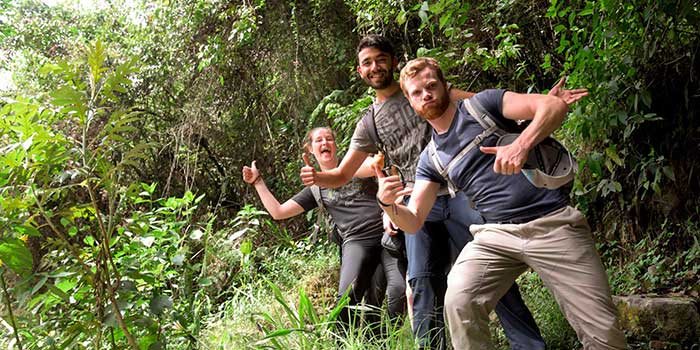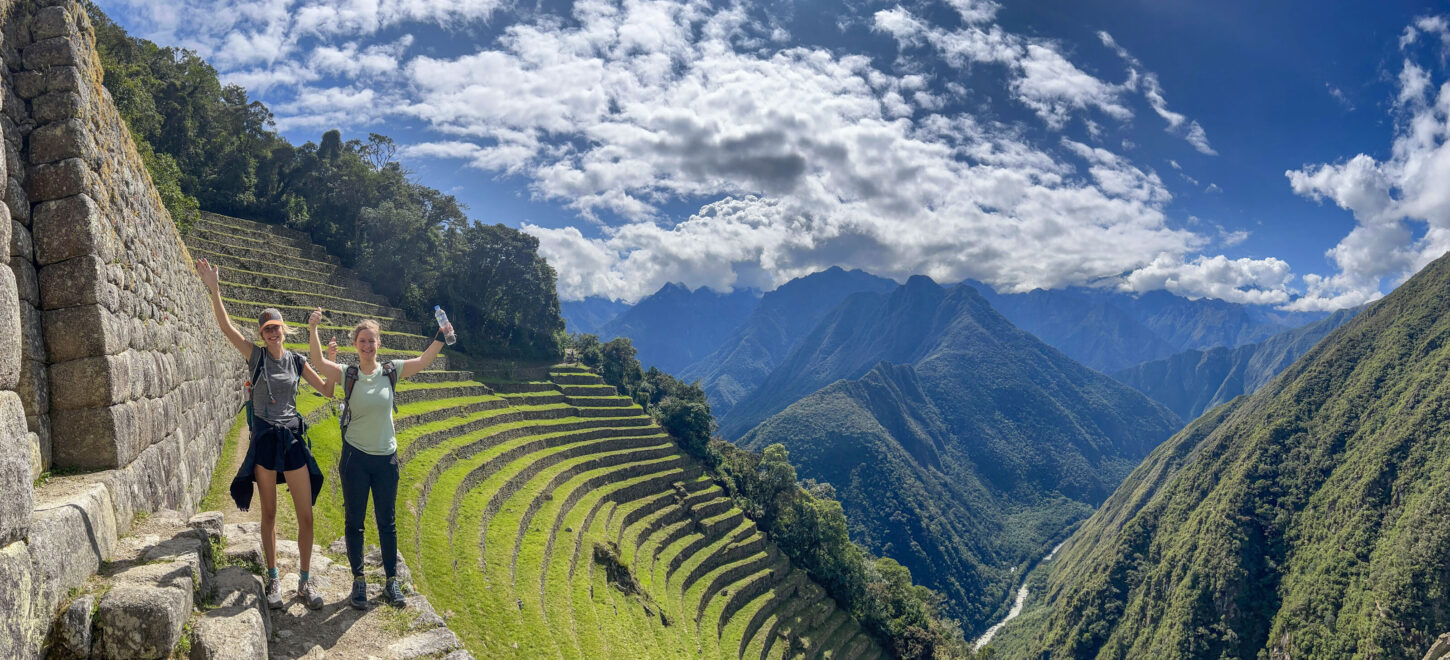- Tent: Choose a high-quality tent that is waterproof, sturdy, and lightweight. Look for features like reinforced seams and a durable rainfly to ensure it can withstand rain and strong winds. Consider brands like MSR, which offer reliable and easy-to-pitch tents.
- Sleeping Bag: Opt for a sleeping bag suitable for low temperatures. Synthetic bags are recommended for their quick-drying properties and durability. However, if you prioritize warmth and lightweight, down bags can be a great option. Just remember to keep them dry to avoid losing insulation. Look for a sleeping bag with a temperature rating that goes to or below 0°C to ensure comfort during cold nights.
- Sleeping Mat: Ditch the foam mats and switch to inflatable mattresses. They are compact, lightweight, and easily packable into your backpack. Look for mats that are quick to inflate and deflate, provide sufficient insulation from the cold ground, and offer comfort for a good night’s sleep.
Additionally, when packing for the Ausangate Trek, consider the following items:
- Clothing: Layer your clothing to adapt to changing weather conditions. Include thermal base layers, moisture-wicking hiking shirts, insulating mid-layers, a waterproof and breathable outer shell, hiking pants, warm socks, and a hat and gloves for cold temperatures.
- Footwear: Invest in sturdy, waterproof hiking boots with good ankle support. Make sure they are broken in before the trek to prevent blisters. Pack extra pairs of moisture-wicking socks to keep your feet dry and comfortable.
- Backpack: Choose a backpack with a capacity suitable for multi-day hikes, typically around 40-60 liters. Look for a comfortable and adjustable fit, with padded shoulder straps and a hip belt to distribute weight evenly.
- Hydration and Water Purification: Carry a water bottle or hydration bladder to stay hydrated throughout the trek. Additionally, bring a Lifestraw bottle or water purifying tablets to ensure access to clean drinking water, as the water sources may be contaminated.
- Trekking Poles: Consider using trekking poles for added stability and support, especially during steep ascents and descents. They can reduce strain on your knees and improve balance on uneven terrain.
For a more detailed packing list for hiking and camping in Peru, refer to our comprehensive guide on the subject, where you can find additional recommendations and essential items to bring on your adventure.







